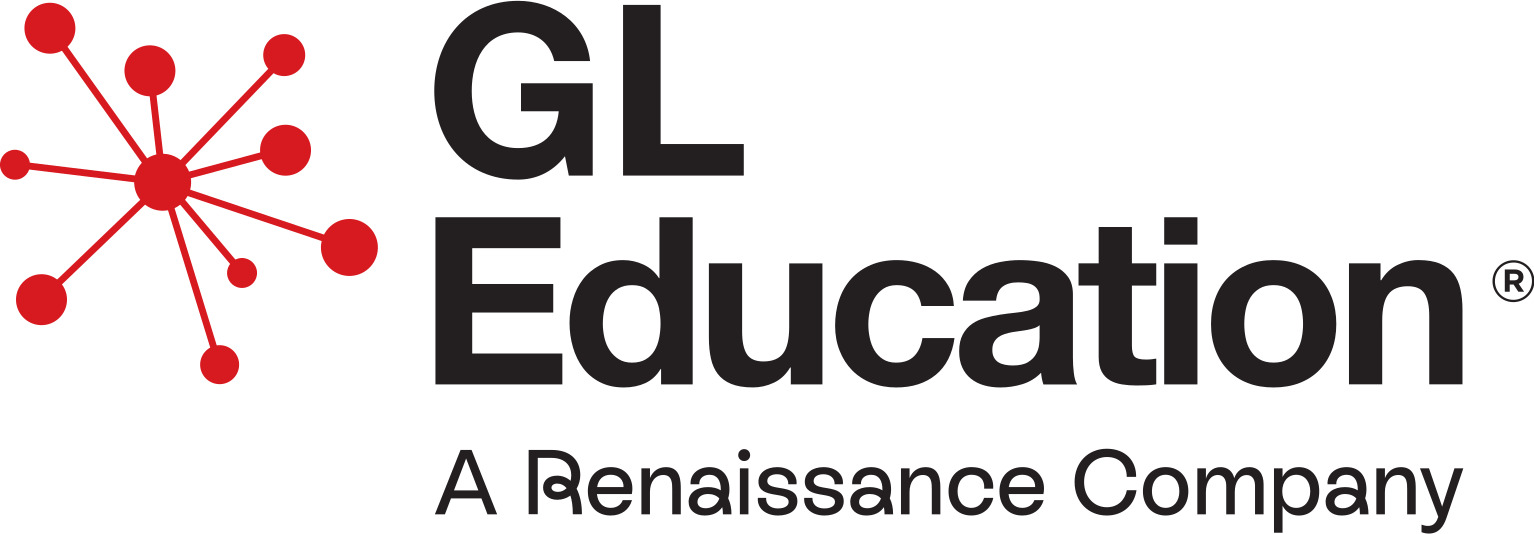International benchmarking with Progress Test Series
Introduction
The Progress Test Series (PT Series)® for English, maths and science are standardised against the UK school population. Many international schools have asked for an international school standardisation of these assessments. However, we feel that:
- A single representative international standardisation is difficult due to the diversity of international schools – for example curriculum, geography, number of students with English as Additional Language (EAL) differ between schools.
- And, more importantly: our UK standardisations, based on a diverse and representative student population, have proven to be relevant and reliable for many international schools.
Standard Age Score
The Standard Age Score (SAS) is based on the student’s raw score, which is then adjusted for age and scaled to a mean of 100. When comparing SAS scores from large groups of students, a difference of less than 3 points is not usually seen as statistically significant.
Prior analysis
Between 2020 and 2022 we monitored the impact of the pandemic on student scores. Our research report on this can be requested here: Impact of Covid-19 on attainment: analysis three years on - GL Assessment (gl-assessment.co.uk)
Summer 2022 analysis
In 2022, we carried out benchmarking exercises to compare the scores achieved by thousands of international students globally against the standardisations for the Progress Test Series. We will be updating 2023 benchmarks later this year.
Table 1 shows the mean Standardised Age Scores (SAS) for each level of the Progress Test Series for English, maths and science.
The distribution of international scores for the PT Series is generally higher overall for international schools when compared with the UK standardisation profile. Results show that typically international school students tend to score more highly across English, maths and, in particular, in science.
Differences of over 3 points are statistically significantly higher for the international sample compared with the UK. The increased size of the differential might be attributed to several factors such as value added by the teaching in these schools or higher aspirational levels.
Table 1: PT Series international benchmarks 2023
|
Progress Test |
Mean SAS |
Difference UK v International |
||
|
International* |
UK norms |
|||
|
English |
PTE7 |
106.5 |
100.0 |
6.5 |
|
PTE8 |
108.3 |
100.0 |
8.3 |
|
|
PTE9 |
103.8 |
100.0 |
3.8 |
|
|
PTE10 |
103.3 |
100.0 |
3.3 |
|
|
PTE11 |
106.3 |
100.0 |
6.3 |
|
|
PTE12 |
100.9 |
100.0 |
0.9 |
|
|
PTE13 |
103.1 |
100.0 |
3.1 |
|
|
PTE14 |
102.8 |
100.0 |
2.8 |
|
|
PTE15 |
111.4 |
100.0 |
11.4 |
|
|
Maths |
PTM7 |
107.8 |
100.0 |
7.8 |
|
PTM8 |
105.2 |
100.0 |
5.2 |
|
|
PTM9 |
104.4 |
100.0 |
4.4 |
|
|
PTM10 |
106.4 |
100.0 |
6.4 |
|
|
PTM11 |
102.6 |
100.0 |
2.6 |
|
|
PTM12 |
106.3 |
100.0 |
6.3 |
|
|
PTM13 |
107 |
100.0 |
7 |
|
|
PTM14 |
110 |
100.0 |
10 |
|
|
PTM15 |
111.4 |
100.0 |
11.4 |
|
|
Science |
PTS8 |
116.5 |
100.0 |
16.5 |
|
PTS9 |
109.4 |
100.0 |
9.4 |
|
|
PTS10 |
110.8 |
100.0 |
10.8 |
|
|
PTS11 |
105.2 |
100.0 |
5.2 |
|
|
PTS13 |
104.8 |
100.0 |
4.8 |
|
|
PTS14 |
113.6 |
100.0 |
13.6 |
|
|
PTS15 |
115 |
100.0 |
15 |
|
* Based on data from all international schools, outside of the UK, who sat assessments in summer 2022
How can schools use the data?
Plan resourcing at a cohort level
Does one year group appear to be significantly below average or less able than your other year groups? Can you provide additional teaching support for this cohort?
Take advantage of the combination reports
Quickly identify students who are under performing by using the automatic combination reports for the Progress Test Series and CAT4 together.
Set realistic but challenging targets
PT Series reports provide a useful range of likely outcomes for each student. Some schools use these as a basis for a discussion with students helping them take ownership of their targets.
Your point of reference
The original UK standardisation is a reliable and valid benchmark for international students. Schools may additionally wish to compare their own data to the findings of this benchmarking exercise to see how their own school results compare those internationally.
|
Progress Test |
Mean SAS |
Difference UK v International |
||
|
International* |
UK norms |
|||
|
English |
PTE7 |
105.7 |
100.0 |
5.7 |
|
PTE8 |
108.2 |
100.0 |
8.2 |
|
|
PTE9 |
102.5 |
100.0 |
2.5 |
|
|
PTE10 |
101.9 |
100.0 |
1.9 |
|
|
PTE11 |
104.6 |
100.0 |
4.6 |
|
|
PTE12 |
98.4 |
100.0 |
-1.6 |
|
|
PTE13 |
101.2 |
100.0 |
1.2 |
|
|
PTE14 |
100.7 |
100.0 |
0.7 |
|
|
PTE15 |
108.0 |
100.0 |
8.0 |
|
|
Maths |
PTM7 |
106.2 |
100.0 |
6.2 |
|
PTM8 |
103.7 |
100.0 |
3.7 |
|
|
PTM9 |
101.3 |
100.0 |
1.3 |
|
|
PTM10 |
103.9 |
100.0 |
3.9 |
|
|
PTM11 |
99.9 |
100.0 |
-0.1 |
|
|
PTM12 |
103.0 |
100.0 |
3.0 |
|
|
PTM13 |
104.2 |
100.0 |
4.2 |
|
|
PTM14 |
107.9 |
100.0 |
7.9 |
|
|
PTM15 |
109.0 |
100.0 |
9.0 |
|
|
Science |
PTS8 |
114.3 |
100.0 |
14.3 |
|
PTS9 |
105.6 |
100.0 |
5.6 |
|
|
PTS10 |
107.8 |
100.0 |
7.8 |
|
|
PTS11 |
103.1 |
100.0 |
3.1 |
|
|
PTS13 |
102.1 |
100.0 |
2.1 |
|
|
PTS14 |
112.2 |
100.0 |
12.2 |
|
|
PTS15 |
112.5 |
100.0 |
12.5 |
|

